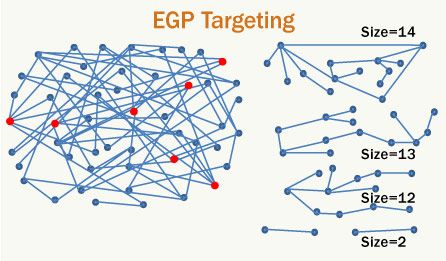My proposal for the Society for Risk Analysis’s annual meeting in Boston has been accepted, in oral presentation format, for the afternoon of Wednesday, December 10th, 2008. Any Lifeboat members who will be in the area at the time are more than welcome to attend. Any suggestions for content would also be greatly appreciated; speaking time is limited to 15 minutes, with 5 minutes for questions. The abstract for the paper is as follows:
Global Risk: A Quantitative Analysis
The scope and possible impact of global, long-term risks presents a unique challenge to humankind. The analysis and mitigation of such risks is extremely important, as such risks have the potential to affect billions of people worldwide; however, little systematic analysis has been done to determine the best strategies for overall mitigation. Direct, case-by-case analysis can be combined with standard probability theory, particularly Laplace’s rule of succession, to calculate the probability of any given risk, the scope of the risk, and the effectiveness of potential mitigation efforts. This methodology can be applied both to well-known risks, such as global warming, nuclear war, and bio-terrorism, and lesser-known or unknown risks. Although well-known risks are shown to be a significant threat, analysis strongly suggests that avoiding the risks of technologies which have not yet been developed may pose an even greater challenge. Eventually, some type of further quantitative analysis will be necessary for effective apportionment of government resources, as traditional indicators of risk level- such as press coverage and human intuition- can be shown to be inaccurate, often by many orders of magnitude.
More details are available online at the Society for Risk Analysis’s website. James Blodgett will be presenting on the precautionary principle two days earlier (Monday, Dec. 8th).

